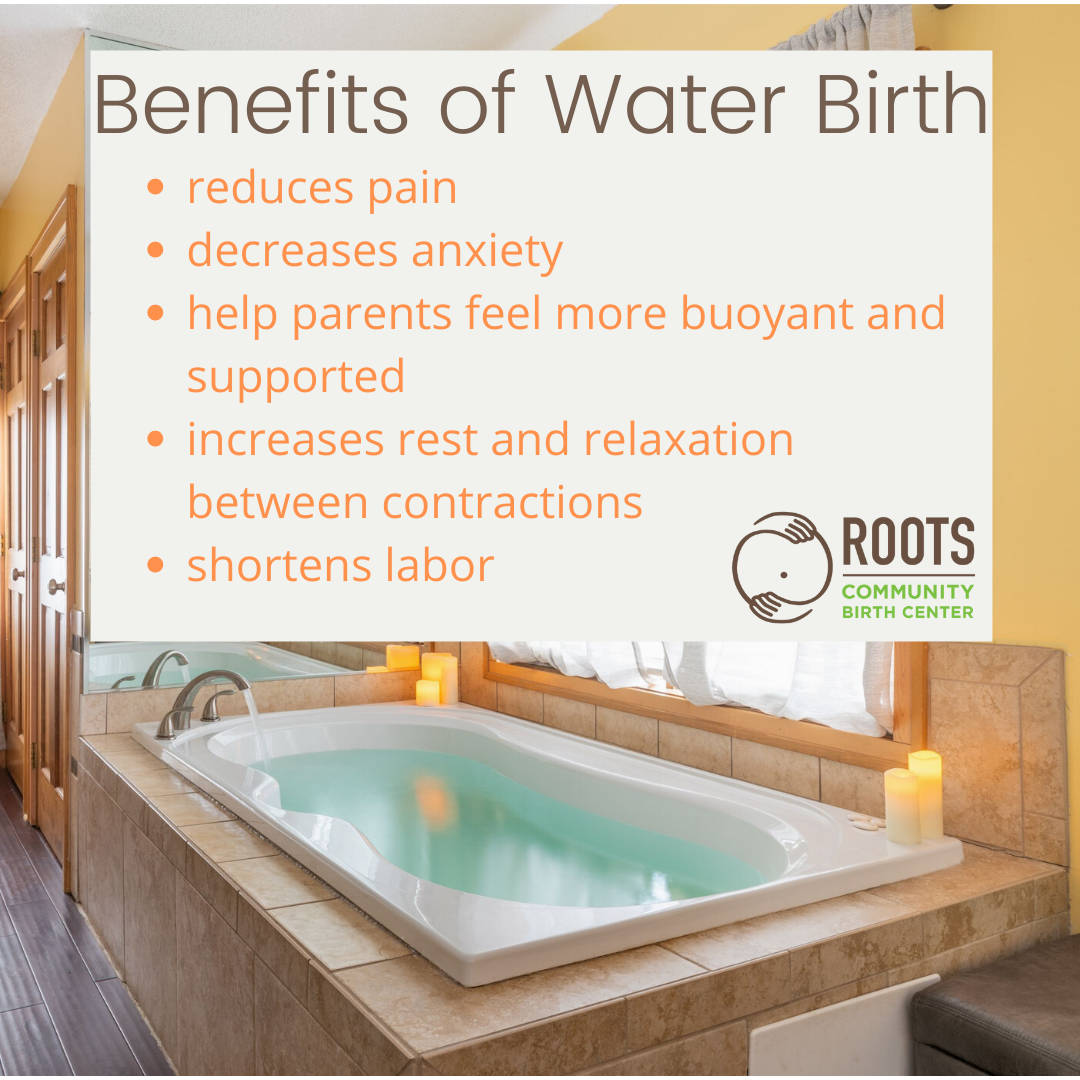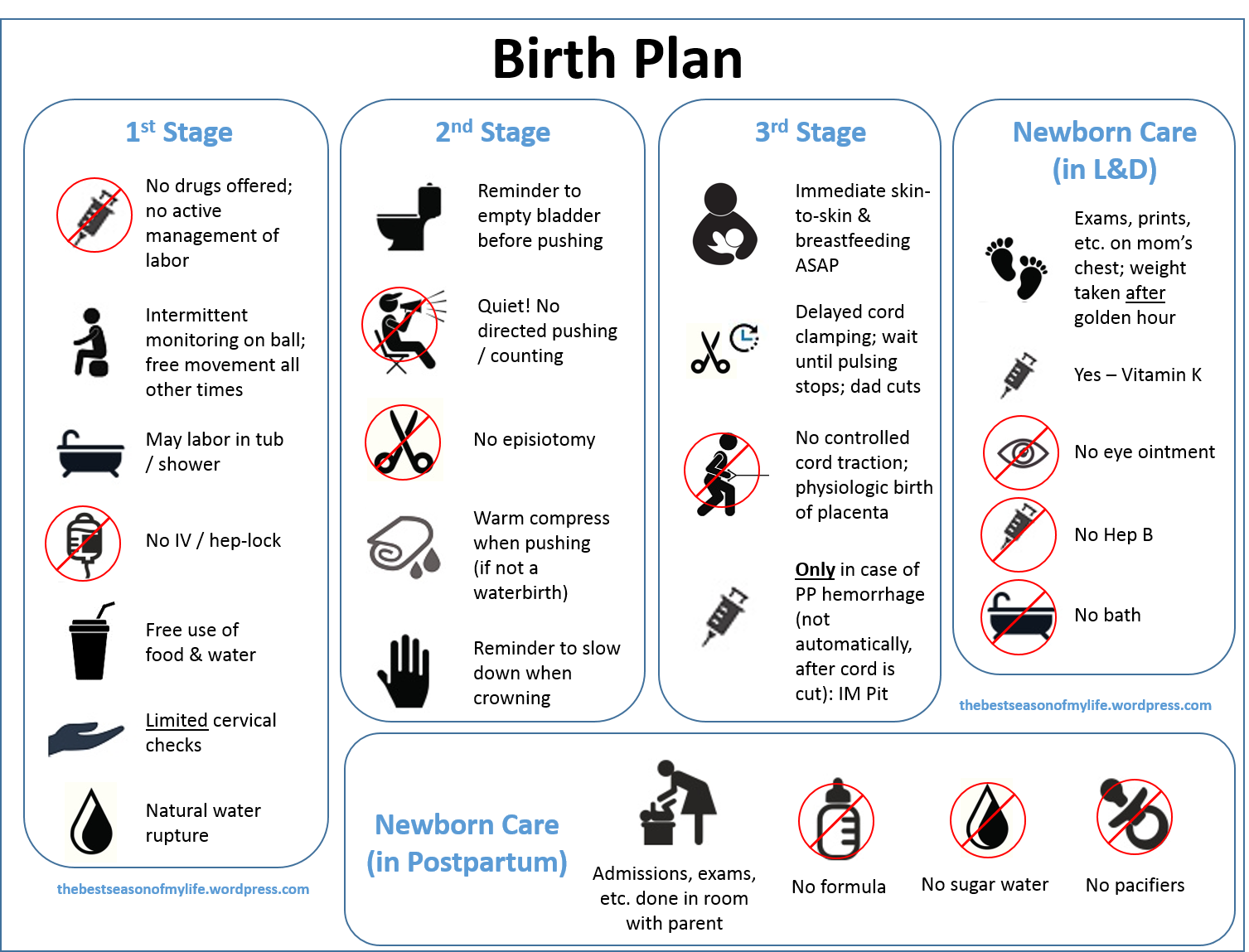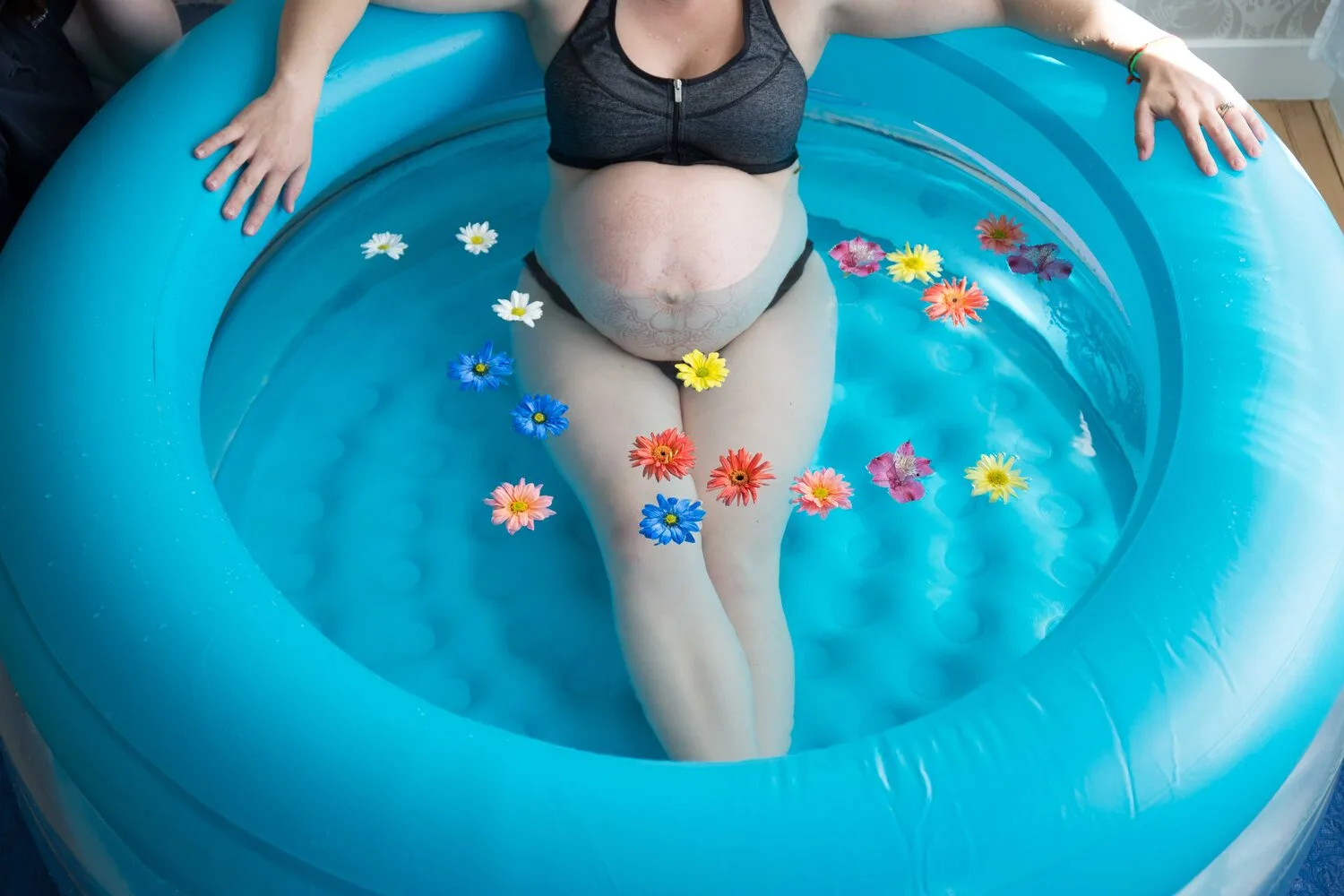Pool Birth Bliss 101: The Fascinating Wonders of Birthing Pool
As a mother who has experienced both traditional and pool birth or in the birthing pool, I can say without hesitation that the latter was an absolutely transformative experience.
When I first heard of water birth I was skeptical. How could something so unconventional be safe for my baby? But after doing extensive research and consulting with medical professionals, I decided to give it a try. And let me tell you – it was one of the best decisions I ever made.
In this article, we will explore the wonders of water birth and reveal why more and more mothers are choosing this method of delivery. From the benefits to safety considerations to real-life stories from women who have gone through it themselves, we’ll cover everything you need to know about water birth or in the birthing pool.

So if you’re curious about diving into bliss and experiencing the magic of bringing your baby into the world in a peaceful, serene environment, read on!
What is Water Birth or Pool Birth?
You’re probably wondering what birthing pool entails. Well, let me tell you – it’s an incredible birthing method that involves giving birth in a pool of warm water.
Unlike traditional land births, water births offer a unique experience for both mother and child in the birthing pool. The benefits of water birth or pool birth include reduced pain during labor, increased relaxation, and a soothing environment for the baby to transition into life outside the womb.
However, as with any birthing method, there are also some risks associated with water birth and giving birth in birthing pool. These include potential infections and complications such as umbilical cord rupture or fetal distress.

It’s important to consult with your healthcare provider before deciding on this option and to have a trained professional present during birth.
Now that we’ve covered what water birth or pool birth is and its potential risks, let’s dive deeper into the benefits of this amazing birthing method.
Benefits of Water Birth
Imagine yourself in a warm, soothing birthing pool of water as you give birth, experiencing the gentle buoyancy and relaxation that comes with it. This is what water birth can offer to mothers who choose to deliver in this way.
One major benefit of water birth or pool birth is reduced pain during labor. The warmth and weightlessness of the birthing pool can help ease contractions, making them less intense and more bearable for the mother.

Additionally, studies have shown that labor in birthing pool tends to be shorter for women compared to those who do not. This may be due to the relaxing effects of being immersed in birthing pool with warm water, which can help reduce stress and tension in the body.
These benefits make water birth or pool birth an attractive option for expectant mothers looking for a more natural and comfortable birthing experience. However, it’s important to consider safety considerations when choosing this method of delivery.
Safety Considerations
Before opting for a water birth or pool birth, it’s important to take into account the safety considerations associated with this method of delivery. While water births can be a beautiful and peaceful way to bring your baby into the world, they do require specific equipment and medical supervision. It’s crucial that you work with a healthcare provider who has experience with water births and can ensure that both you and your baby remain safe throughout the process.
One of the most important safety considerations is having access to appropriate birthing pool and other water birth equipment. This includes a birthing tub or birthing pool, which should be large enough for you to move around comfortably while still providing adequate support for your body. The temperature of the birthing pool also needs to be carefully monitored; it should be between 95-100°F (35-37°C) throughout labor and delivery.

Additionally, there should always be medical professionals present during a water birth or pool birth in case any complications arise. With these precautions in place, many women have successfully given birth in the birthing pool without incident.
Moving forward, let’s explore some key steps for preparation and planning before embarking on this journey towards blissful childbirth in birthing pool.
Preparation and Planning
If you’re worried about the logistics of preparing for a water birth or pool birth, rest assured that with proper planning and guidance from experienced healthcare providers, you can feel confident in your ability to safely bring your baby into the world in this unique and peaceful way.
One important aspect of preparation is creating a birth plan which outlines your preferences for labor and delivery to your healthcare provider (hospital birth or midwife care). This should include details such as who’ll be present during the birth, what pain management techniques you prefer (if any), and how you want to handle unexpected situations.

Another crucial step is gathering essential items needed for a successful water birth. These may include a waterproof liner or mat to protect your flooring, towels to dry off after delivery, a thermometer to monitor water temperature, and any personal items that’ll help make the experience more comfortable for you.
It’s also important to discuss any concerns or questions with your healthcare provider well in advance of your due date. With careful planning and attention to detail, you can create an environment that supports a safe and positive water birth experience for both you and your baby in the birthing pool. And with the help of birth affirmations, you can have a pleasant birthing experience.
As we move into real-life stories about water births, it’s important to remember that every woman’s experience is unique.
Real-Life Stories
Get a glimpse into the unique and personal experiences of women who have chosen to deliver their babies in water through these real-life stories. Water birth or pool birth is a choice that not all pregnant women make, but for those who do, it can be an empowering and beautiful experience. I spoke with several mothers who shared their stories about giving birth in water.

One mother, Sarah, described her water birth or pool birth as “the most peaceful and serene experience” she could have imagined. She chose to give birth at home with the help of her midwife and husband. Her husband was able to get into the birthing pool with her and provide support throughout the entire process. The midwife monitored both mom and baby carefully while allowing them to be in control of their own birthing experience. Another mother, Emily, gave birth in a hospital setting with her partner by her side. She found that being immersed in warm birthing pool water helped ease the pain of contractions and allowed her to relax more fully between them. Both mothers expressed gratitude for having access to this option and also highlighted how important it was to have supportive caregivers present during labor and delivery.
Frequently Asked Questions
Can water birth or pool birth be done at home or does it have to be in a hospital?
When it comes to water birth or pool birth, the decision of where to give birth is a personal one that should be carefully considered. While some choose to have a water birth at home, others opt for the safety and security of a hospital setting.
Safety concerns are important to consider when making this decision, as complications can arise during labor and delivery in birthing pool. Hospitals provide access to medical professionals and equipment in case of an emergency, while home births may not have immediate medical assistance available.
Ultimately, the choice between having a water birth or pool birth at home or in a hospital should factor in both personal preferences and safety considerations. It’s important to discuss all options with your healthcare provider and make an informed decision that feels right for you and your baby.
Is water birth only for women who have had previous natural births?
As a first-time mother, I was skeptical about the safety of water birth or in birthing pool. However, after doing some research and speaking with my healthcare provider, I learned that water birth can be a safe option for women who have never given birth before.
It’s important to note that proper precautions should be taken, and the birthing pool process should be closely monitored by trained professionals (Doctors or certified midwives). Water birth or pool birth can provide a calming and comfortable environment for both the mother and baby during labor and delivery.
Overall, it’s important to discuss all options with your healthcare provider to determine if water birth is the right choice for you.
What are the potential risks associated with water birth or pool birth?
As someone who’s experienced a water birth or pool birth, I understand the appeal of this option for many expecting mothers. However, it’s important to consider the potential risks associated with birthing pool.
While there are benefits such as pain relief and a sense of relaxation, there are also drawbacks such as increased risk of infection or difficulty monitoring fetal distress. It’s crucial to discuss these factors with a healthcare provider and make an informed decision based on individual circumstances.
Ultimately, the choice between a water birth or pool birth and traditional delivery should prioritize safety and well-being for both mother and baby.
How does the cost of water birth or pool birth compare to a traditional hospital birth?
Comparing the costs of water birth or in birthing pool to a traditional hospital birth can be a bit tricky. Not all insurance policies cover the cost of water birth, so it’s important to check with your provider beforehand.
However, in general, water births or birthing pool can be less expensive than hospital births because they often require fewer medical interventions and shorter hospital stays. Additionally, some birthing centers offer more affordable options for water births than hospitals do.
It’s important to weigh the financial aspect along with other factors when deciding which option is right for you and your baby.
Are there any specific medical conditions that would make a woman ineligible for water birth?
As someone who’s passionate about helping women experience safe and empowering births, I want to make sure everyone knows that water birth or pool birth may not be the best choice for every woman. While it can be a wonderful option for low-risk pregnancies and healthy women, there are certain medical conditions and high-risk pregnancies that may make it unsafe.
For example, if you have pre-existing medical conditions such as diabetes or heart disease, or if your pregnancy is considered high risk due to factors like preeclampsia or multiple gestations, your healthcare provider may advise against water birth or birthing pool.
It’s important to have an open and honest conversation with your provider about whether water birth or birthing pool is right for you, taking into account any individual risks or complications. Ultimately, the most important thing is ensuring the safety of both mother and baby during labor and delivery.
Conclusion
In conclusion, I’m in awe of the wonders water birth or pool birth can offer after researching and learning about it. It’s like a warm, cozy cocoon that provides comfort and relaxation for the mother during labor in birthing pool. The benefits are numerous, from reducing pain to promoting a calm birthing environment.
However, safety considerations shouldn’t be overlooked, and careful preparation and planning with a healthcare provider are crucial. Reading real-life stories of women who have experienced water birth or birthing pool only adds to the appeal of this method.
Their descriptions of feeling empowered and connected to their bodies during childbirth are truly inspiring. If you’re considering water birth or birthing pool as an option for your own childbirth experience, take the time to gather information and discuss it with your healthcare provider.
With proper preparation and care, it can lead to a beautiful and transformative experience for both mother and baby.







